My Month On Innisfree Farm
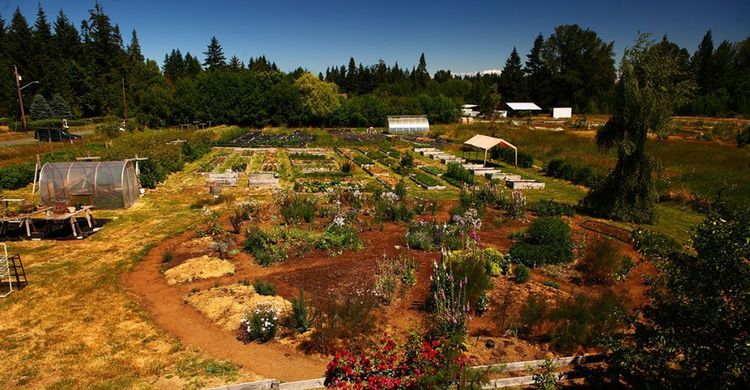
Tucked away between the fields and the forests of Courtenay, British Columbia, Innisfree Farm is positioned just a few kilometers from the eastern coast of Vancouver Island. Its setting offers the best of all that the natural world has to offer: flat land to farm, dense forests to explore, and access to the ocean.
Innisfree is owned and operated by Chanchal Cabrera, a world-renowned medical herbalist, and her husband Thierry Vrain, a former scientist for the Canadian Department of Agriculture and an advocate for organic and holistic farming. The marriage (pun intended) of their expertise and passion has manifested in a beautiful 7-acre oasis to learn about and participate in sustainable, organic food and medicine farming.
I was lucky enough to spend four incredible weeks as an intern on the farm during the summer of 2016. I’ll be forever grateful for what I gained in knowledge, experience, and health, and now I’d like to share some of that with you.
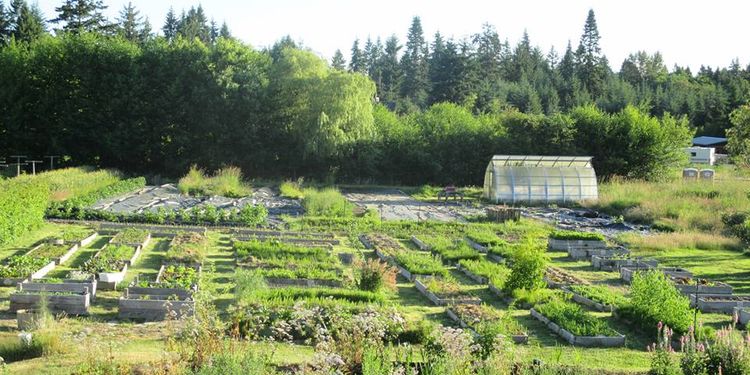
Decreasing the Degrees of Separation
In our modern world, we buy food and take medicines, herbal or not, that have likely traveled long distances and have already been through many rounds of processing before they finally get to us.
That was one thing that felt so special about being on the farm— I could almost immediately (both mentally and physically) feel the health benefits of eliminating those degrees of separation between my food and my body.
There’s something magical about growing your own food and medicine. Being able to browse the vegetable beds rather than the grocery store aisles adds a layer of complexity, not to mention nutrition, to the dining experience. In my experience, the same holds true for herbal medicines. Being able to see my medicine in all its regal, living glory produced a much deeper therapeutic effect.
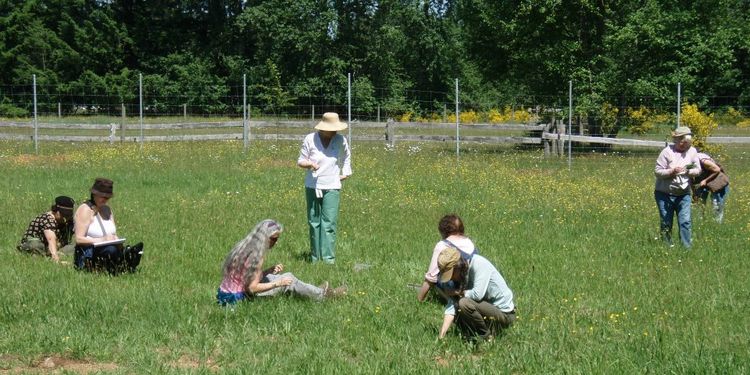
I was inspired to start making my own medicine from the abundance of herbs I was working with every day in the gardens. I dabbled in making hydrosols from eucalyptus tree prunings and drying a plethora of lemon verbena on the intern barn floor.
I also began studying how to make homemade herbal medicine products like tinctures, using just alcohol or apple cider vinegar and the abundance of Horse Tail adorning the vegetable beds. Now, when I use my homemade products, I have a vivid picture of their dynamic qualities and can appreciate them and their transformation into medicine that much more.
The Healing Power of Nature
Regardless of the foods and medicines I had the chance to experiment with, just being outside in my natural human habitat made me feel physically and emotionally at ease.

Chanchal and Thierry are no strangers to this concept. Innisfree also operates a non-profit horticulture therapy program— a goal-oriented therapy for improving specific and measurable changes in quality of life using nature.
While I didn’t go to the farm for a specific health benefit, nor did I measure the results, the changes in my mental and physical health were very apparent. My digestion improved, my stress levels were reduced, and the time in the field gave me a chance to reflect on my first year of naturopathic medical school.
“Vis medicatrix naturae,” or the healing power of nature, is written right into the principles of naturopathic medicine. To be honest, I didn’t have a true understanding of this principle before starting naturopathic medical school. I benefited from the healing power of my herbal prescription for Lyme disease but ignored the inherent value of increasing my “green” time.
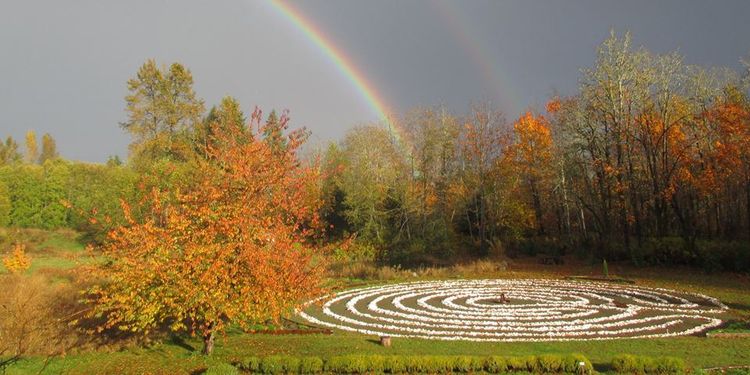
Studies are beginning to prove the health benefits of re-establishing our time in (or even viewing) natural landscapes.1
There’s a special therapy in Japan called “shinrin-yoku,” commonly known as forest bathing, which utilizes time with the trees for stress reduction. Research shows that shinrin-yoku has been able to reduce stress by cutting down cortisol, lowering blood pressure, and increasing activity in your parasympathetic nervous system.2
Rituals to Reinforce Our Connection to Nature
In our free time on the farm, when we weren’t tinkering with tinctures or studying botanical medicine, we had some amazing spiritual experiences that reinforced our connection to the natural world.

One of the unique elements of Innisfree is its giant labyrinth patterned out of recycled oyster shells. Labyrinths have been used for thousands of years throughout many cultures as an aid for walking meditation.
While on the farm, we celebrated the coming of the full moon with members of the community with a group labyrinth walk. We sang songs and chants and enjoyed each other’s silence as we walked collectively to the center of the labyrinth via its circuitous paths.
Before we began our full mood meditation, Chanchal spoke of the therapeutic value of the left and right turns, reinforcing the connection between the left and right hemispheres of the brain. She also commented on the metaphorical journey to the center of the labyrinth as a trek to the center of your physical, mental, or emotional “journey.”
We also experienced a traditional Native American-based sweat lodge ceremony in the small lodge near the edge of the Innisfree property. As someone who is rather heat intolerant, I was extremely hesitant to participate in this one.
My hesitation built as I made my way into the sweat lodge. It just happened to be the size of a three-person tent that I would be sharing with 18 other people. But as Brother Keith, the leader of the ceremony, began to speak, I felt my anxiety start to dissipate. Keith spoke of the importance of sweat lodge ceremonies for physical and spiritual cleansing as he burned small bits of evergreen over the pile of fire-heated stones in the center of the lodge.
The first round of the ceremony began as the lodge door was closed and Brother Keith poured water on the hot stones, producing a burning steam that filled the pitch-black space with intense heat. There were four separate rounds of that thick heat, coupled with Native American song and prayer, overwhelming emotional release, and a remarkable reverence to Mother Earth.
After the sweat, I felt an incredible calm and lightness come over me. I was exhausted and covered in sweat and wet earth from crawling in and out of the lodge. But I felt strangely rejuvenated and clean all at the same time.
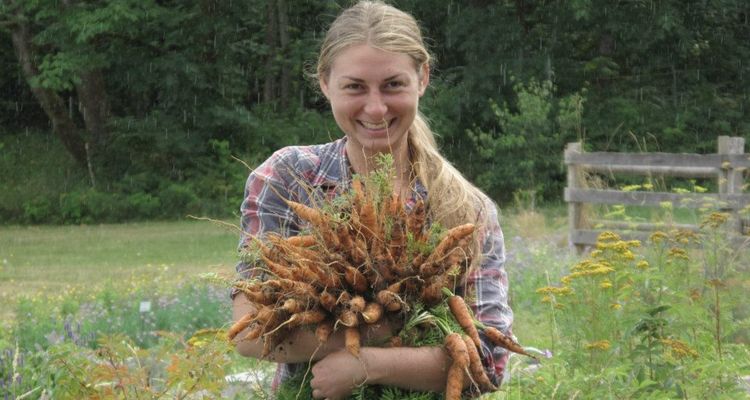
What I Took Away from It All
After a year of sitting for 90% of my day, I found myself happily exhausted after a day’s work on the farm.
Don’t get me wrong— it was hard work. We were up every day at 6 a.m. to have breakfast and were in the fields by 7 a.m. We did everything from harvesting raspberries to clearing whole plots of land, yielding a diverse range of movements that lit up muscles I didn’t even know I had.
But this reminder— that we are intimately related to and dependent on the rhythms of the natural world— was important for me to take away from the experience. Important not only for my personal health, but also for the health of my future patients.
I’m not saying that it’s practical for everyone to move away from the city and onto a farm to experience the health rewards of connecting with the natural world (though I’ll admit, it was hard to come back to my high-rise apartment building after weeks of sleeping in a tent on the ground under the stars).
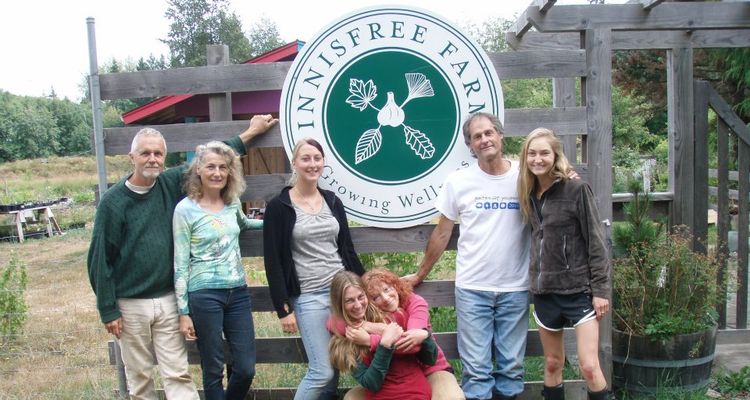
For me, it’s about the little things I can do in my everyday life to reinforce my closeness with my food, my medicine, and the natural world.
For example, I try to pay attention to purchasing local fruits and vegetables rather than the California organics that are available year-round and have probably sat on a truck for three weeks before sitting in the grocery store for another three. I also have a small herb pot on my balcony to mimic the act of harvesting my own food.
I’ve continued to make my own medicine from dry herbs that I purchase from a local, reliable source. Although not all the herbs themselves are local, just being able to feel and smell the raw herb adds depth to their use as medicine in my personal experience.
I’ll admit, the hardest part of maintaining my connection is actually setting aside time to be physically outside and in a green space.
I take comfort in the fact that there’s evidence to suggest that just seeing natural landscapes can be therapeutic. Luckily, even in my high-rise urban apartment, I get a nice view of the mountains out of the window in my office. Just looking past the other high-rises to the sunrise behind the mountains for a few minutes is sometimes all it takes to regroup when I need a mental break.
For more information about Innisfree Farm and the programs they offer, please visit the website at http://www.innisfreefarm.ca.
